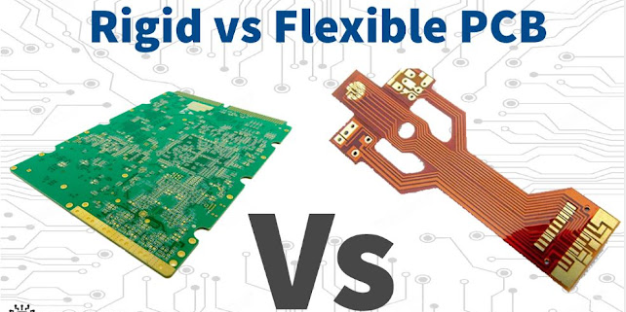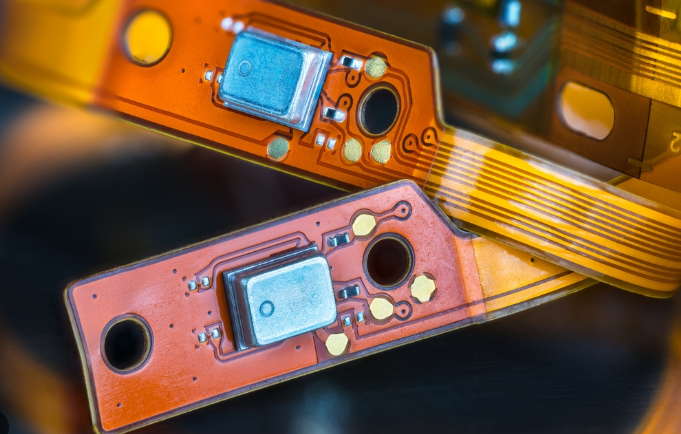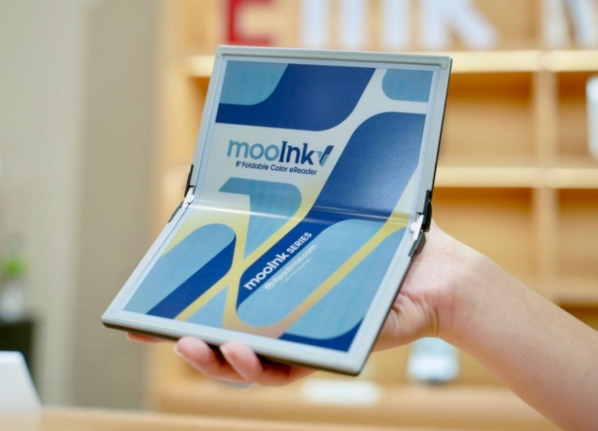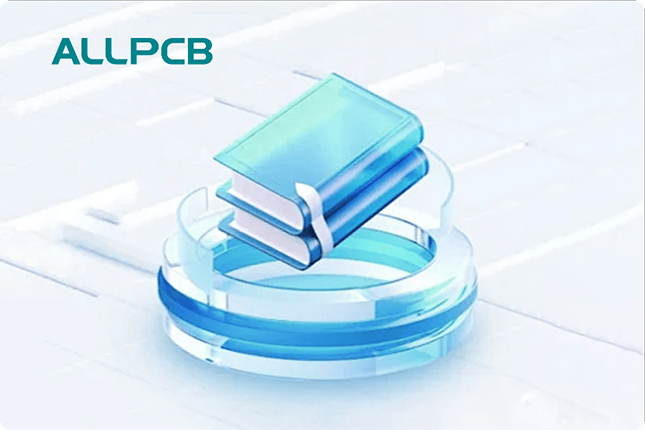In the fast-evolving world of electronics, E-Reader PCB future trends are shaping the next generation of digital reading devices. From flexible display PCBs to foldable E-Reader PCB designs, the technology roadmap for these components is packed with innovation. But what exactly are the key developments driving the next generation E-Reader PCB? In this blog, we’ll dive deep into the advancements, materials, and design trends that are transforming E-Reader technology, ensuring you stay ahead in this dynamic field.
Whether you're an engineer, designer, or tech enthusiast, understanding the E-Reader PCB technology roadmap can help you anticipate market needs and innovate accordingly. Let’s explore the cutting-edge trends, including flexible and foldable designs, and look beyond to what’s coming next for E-Reader PCBs.
The Evolution of E-Reader PCBs: A Foundation for Innovation
E-Readers have come a long way since their introduction, evolving from bulky devices with basic monochrome screens to sleek, lightweight gadgets with high-resolution displays. At the heart of this transformation lies the printed circuit board (PCB), which serves as the backbone for power management, display control, and connectivity in these devices. As consumer demand for portability and durability grows, the next generation E-Reader PCB is adapting to meet these needs with smarter, more compact designs.
Traditional rigid PCBs have been the standard for years, but they come with limitations in terms of weight and form factor. With the rise of portable electronics, manufacturers are turning to innovative solutions to create thinner, lighter, and more versatile E-Readers. This shift is driving significant changes in PCB design and materials, setting the stage for trends like flexible display PCBs and foldable E-Reader PCB technologies.

Key E-Reader PCB Future Trends to Watch
The future of E-Reader PCBs is exciting, with several trends emerging that promise to redefine how we interact with digital reading devices. Below, we break down the most impactful developments in this space, focusing on flexibility, durability, and performance.
1. Flexible Display PCB: The Core of Lightweight Design
One of the most significant E-Reader PCB future trends is the adoption of flexible display PCBs. Unlike rigid boards, flexible PCBs can bend and conform to unique shapes, allowing for thinner and more ergonomic E-Reader designs. This technology is critical for creating devices that are not only lightweight but also more durable, as they can withstand minor impacts and twists without breaking.
Flexible display PCBs are typically made from polyimide or other high-performance materials that offer excellent thermal stability and electrical insulation. These materials ensure that the PCB can handle the demands of modern E-Ink or OLED displays while maintaining a low profile. For instance, a flexible PCB might reduce the overall thickness of an E-Reader by up to 30%, making it easier to carry and store.
Moreover, these PCBs support the integration of advanced display technologies, such as color E-Ink screens, which require precise signal control. With impedance values often in the range of 50 to 100 ohms for high-speed signal transmission, flexible PCBs ensure minimal signal loss, resulting in sharper and more responsive displays.

2. Foldable E-Reader PCB: Redefining Portability
Another groundbreaking trend is the development of foldable E-Reader PCB designs. Inspired by foldable smartphones, these PCBs enable E-Readers to fold in half, reducing their size for ultimate portability while offering a larger screen when unfolded. This innovation is particularly appealing for users who want a tablet-sized reading experience without sacrificing pocket-friendly design.
Foldable E-Reader PCBs rely on advanced flexible materials and hinge mechanisms to ensure reliability over thousands of folds. Manufacturers are also focusing on minimizing stress points on the PCB to prevent cracking or signal degradation. For example, signal speeds in these designs often reach up to 1 Gbps to support seamless data transfer across the fold, ensuring that the display refreshes without lag.
The market for foldable devices is growing rapidly, with projections suggesting a compound annual growth rate (CAGR) of over 20% for flexible electronics by 2030. This trend indicates a strong future for foldable E-Reader PCBs as a staple in next-generation devices.

3. Miniaturization and High-Density Interconnect (HDI) in E-Reader PCBs
As E-Readers become smaller and more feature-packed, miniaturization is a critical focus in the E-Reader PCB technology roadmap. High-Density Interconnect (HDI) technology allows for more components to be packed into a smaller area, reducing the overall footprint of the PCB. This is achieved through microvias and finer trace widths, often as small as 0.1 mm, which enable higher circuit density without compromising performance.
HDI PCBs are especially important for integrating features like Wi-Fi, Bluetooth, and advanced power management systems into E-Readers. By optimizing space, these boards also contribute to energy efficiency, extending battery life—a key concern for portable devices. For instance, an HDI PCB can reduce power consumption by up to 15% compared to traditional designs by minimizing signal path lengths.
This trend toward miniaturization aligns with the broader push for compact electronics, ensuring that next generation E-Reader PCBs deliver more functionality in less space.
4. Sustainable Materials for Eco-Friendly E-Reader PCBs
Sustainability is becoming a priority across all electronics, and E-Reader PCBs are no exception. Manufacturers are exploring eco-friendly materials, such as biodegradable substrates and lead-free soldering, to reduce the environmental impact of production. These materials are designed to maintain the performance of traditional PCBs while meeting stricter environmental regulations.
For example, some companies are experimenting with bio-based polyimide films for flexible PCBs, which offer similar thermal and electrical properties to conventional materials but with a lower carbon footprint. This shift not only benefits the planet but also appeals to environmentally conscious consumers, creating a competitive edge in the market.
E-Reader PCB Technology Roadmap: What’s Next?
The E-Reader PCB technology roadmap points to a future where flexibility, performance, and sustainability converge. Beyond the trends we’ve discussed, several emerging technologies are poised to shape the next decade of E-Reader design. Let’s take a closer look at what’s on the horizon for the next generation E-Reader PCB.
Integration of Artificial Intelligence (AI)
AI is set to play a major role in E-Reader functionality, and PCBs will need to support this shift. Future E-Reader PCBs will likely include dedicated circuits for AI processing, enabling features like personalized reading recommendations, voice control, and adaptive display settings. These advancements will require PCBs with higher computational power and optimized signal integrity, potentially increasing clock speeds to over 2 GHz for real-time processing.
Advanced Energy Harvesting
Energy harvesting technologies, such as solar or kinetic energy integration, are being explored to power E-Readers without traditional batteries. PCBs for these devices will need to incorporate circuits for energy conversion and storage, ensuring efficient power delivery to the display and other components. This could extend device usage time significantly, with some prototypes already achieving up to 20% energy recovery from ambient sources.
5G Connectivity for Seamless Updates
As 5G networks become more widespread, E-Readers will benefit from faster download speeds and real-time content updates. Next generation E-Reader PCBs will need to support 5G modules, requiring careful design to manage high-frequency signals with minimal interference. This could involve impedance matching at 50 ohms or lower to maintain signal quality over long distances.
Challenges in Adopting New E-Reader PCB Technologies
While the future of E-Reader PCBs is promising, several challenges must be addressed to bring these innovations to market. Manufacturing flexible and foldable PCBs at scale, for instance, requires advanced equipment and precise quality control to ensure reliability. Additionally, the cost of new materials and technologies can be a barrier, especially for budget-friendly E-Readers.
Thermal management is another concern, as compact designs with high-density components generate more heat. Engineers must balance performance with heat dissipation, often using materials with thermal conductivity ratings of 1.5 W/m·K or higher to prevent overheating.
Despite these hurdles, ongoing research and development are paving the way for solutions, ensuring that E-Reader PCB future trends continue to evolve at a rapid pace.
How These Trends Benefit Engineers and Designers
For engineers and designers, staying updated on E-Reader PCB future trends opens up new opportunities for innovation. Flexible display PCBs and foldable E-Reader PCB designs allow for creative form factors that can set products apart in a competitive market. Meanwhile, advancements like HDI and sustainable materials provide the tools to build more efficient and eco-friendly devices.
By leveraging these technologies, professionals can create E-Readers that offer superior user experiences, from longer battery life to more immersive displays. Partnering with a reliable PCB manufacturer can also streamline the process, ensuring that designs are translated into high-quality, functional products.
Conclusion: Preparing for the Future of E-Reader PCBs
The landscape of E-Reader PCBs is undergoing a remarkable transformation, driven by trends like flexible display PCBs, foldable E-Reader PCB designs, and sustainable materials. As the E-Reader PCB technology roadmap unfolds, we can expect even more exciting developments, from AI integration to 5G connectivity, shaping the next generation E-Reader PCB.
Understanding these trends is essential for anyone involved in electronics design or manufacturing. By embracing innovation and overcoming challenges, the industry can deliver E-Readers that are more portable, powerful, and environmentally friendly than ever before. Stay tuned to this space, as the future of E-Reader PCBs promises to be nothing short of revolutionary.
 ALLPCB
ALLPCB







